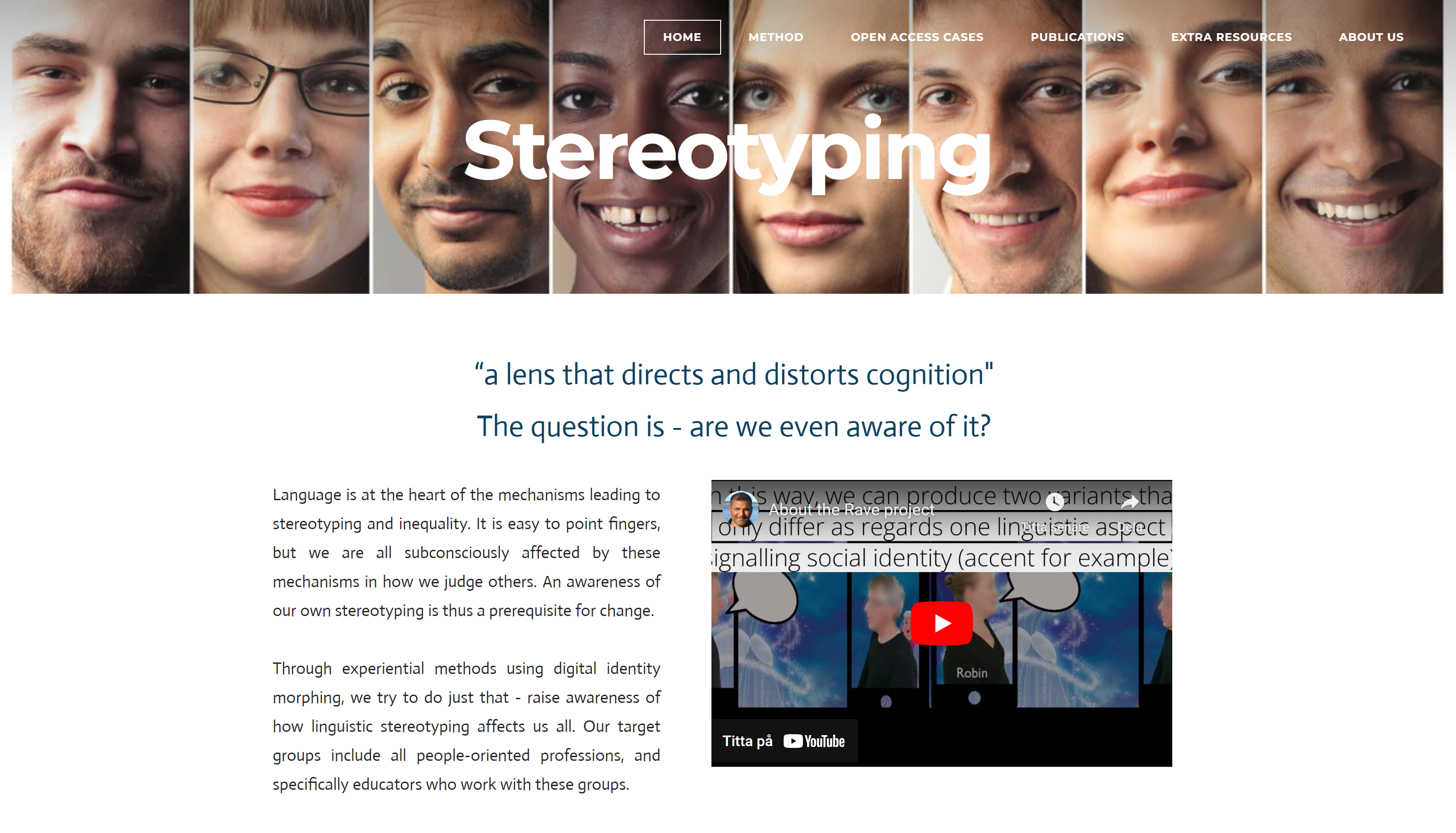Syftet med projektet C-RAVE är att med metoder som motsvarar de utvecklade i RAVE utforska hur sociolingvistiska stereotyper konstrueras i en annan kulturell kontext, nämligen i den multi-etniska och matriarkala afrikanska staten Seychellerna.
Stereotyper och fördomar är kulturellt bundna. Det som anses vara en bra eller dålig egenskap i en kultur bedöms inte nödvändigtvis på samma sätt i en annan kultur. För att förstå sina egna mönster och beteenden och se på andra med öppnare och friare ögon kan tvärkulturella och interkulturella perspektiv vara upplysande. Det är i detta ljus om projektet C-RAVE ska förstås. Det föreslagna 5-årsprojektet bygger vidare på RAVE, finansierat av Vetenskapsrådet, vars övergripande syfte är att utveckla en effektiv metod för att belysa hur sociolingvistiskt grundade fördomar och stereotyper påverkar hur vi bedömer andra.
Building on methods developed under RAVE, C-RAVE aims to explore how socio-linguistic stereotypes are constructed in a different cultural context, namely in the multi-ethnic and matriarchal African state Seychelles.
Stereotypes and prejudices are culturally bound. What is considered a "good or bad" characteristic in one culture not necessarily deemed the same in another. In order to understand our own patterns of behavior and view others with more open eyes cross cultural and intercultural perspectives can be enlightening. It is in this light C-RAVE is to be understood. The proposed five-year project builds on RAVE, funded by the Swedish Research Council, and the overall aim is to develop efficient methods to illustrate how sociolinguistic founded prejudices and stereotypes affect how we judge others.
People @ Humlab
In cooperation with
- Mats Deutchmann
- Anders Steinvall
- Institutionen för språkstudier
- Örebro Universitet
 Screenshot of the projects website
Screenshot of the projects websiteMore specifically C-RAVE will examine two dimensions of linguistic stereotyping, gender and ethnicity. We aim to explore: how responses to the same material differ between two cultural contexts (Sweden and the Seychelles), and how methods can be developed for using the above findings as a starting point for raising awareness about stereotyping is culturally bound and how it may differ from culture to culture.

